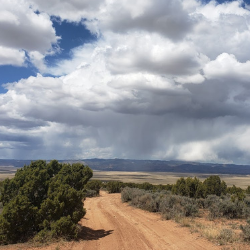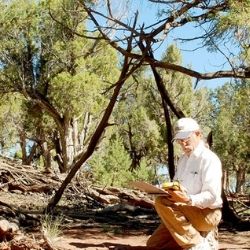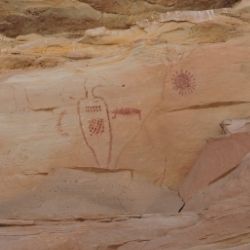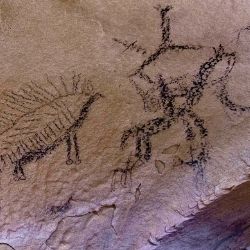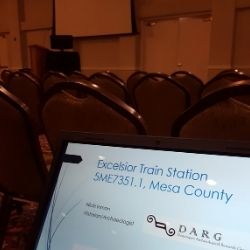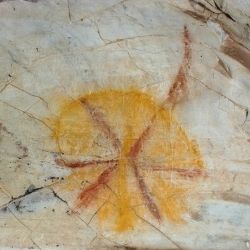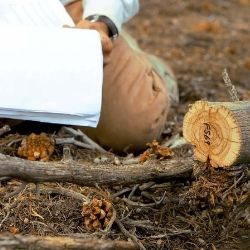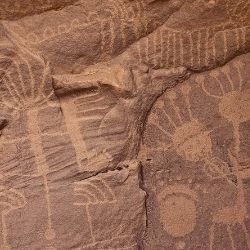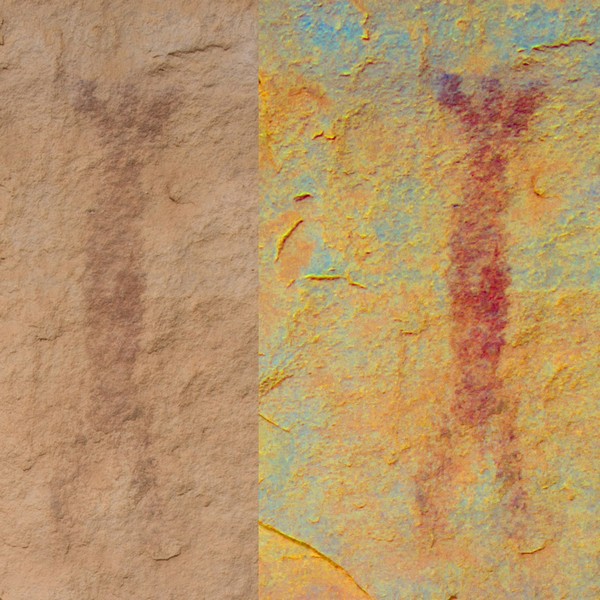Welcome
Who We Are
Dominquez Archaeological Research Group (DARG) is the operational division of Dominquez Archaeological Research Group, Inc, a 501(c)(3) non-profit corporation established in 2003 as a consortium for anthropological and archaeological research, preservation, and education in the Upper Colorado River Basin.
Our Mission
DARG's mission is to provide an organizational and operational environment that facilitates:
- Professional excellence and the application of high standards in archaeological and anthropological research, preservation, and education.
- Scientific rigor and the development and application of innovative research methods and advanced technology for data capture and information management in archaeology and anthropology.
- Forwarding the goals of inclusivity, diversity and racial justice and actively promoting an environment of inclusivity for people from different backgrounds, color, beliefs, religions, nationalities, and socio-economic status
- Support of women, black, indigenous, people of color, lesbian, gay, bisexual, transgender, questioning persons, queer, and other identities.
- A zero tolerance policy towards racist, homophobic, transphobic, and sexist attitudes and behavior.
- Cooperative and collaborative approaches in cultural resources research, preservation, and education that integrate cross-boundary knowledge and expertise from diverse professional, institutional, and public sources while actively engaging the community through outreach and providing a platform for diverse voices to be heard and included in all DARG activities.
Current Work
Archaeological Assessment of a Suspected Large Mammal Game Drive in Gunnison County, Colorado [SHF Grant Project No. 2024-AS-004]
This Dominquez Archaeological Research Group Inc project was supported by a History Colorado grant and matching funds provided by Kathleen Curry and Greg Peterson, and Grand River Institute. It was undertaken for the purpose of conducting an archaeological assessment, recordation, and data collection of an apparent large mammal game drive the principal feature of which is a dry-laid stone diversion wall. The site mapping was aided by state-of-the-art technology that included use of an Unmanned Aerial Vehicle (drone). Additional work was devoted to the reconnaissance of the surrounding area to identify potentially associated prehistoric camps.
Results of the fieldwork included documentation of the game drive features and recordation of two prehistoric camps. One small, apparently single component, open camp is located adjacent to the game drive feature and was included within a single boundary (5MN.6940). It yielded an Avonlea projectile point indicative of the Late Prehistoric bison hunter’s occupation of the Rocky Mountains dating ca. AD 300-500. A second campsite was identified approximately 800m southwest of the west end of the drive site’s wall feature (5MN.6941). It is a large, multicomponent open camp from which diagnostics previously collected by private individuals are representative of Early and Late Paleoindian, and Middle Archaic occupations that span a period of 7000 years from 13000 to 5000 years before present.
The project report, edited for general release, is available here:
Archaeological Assessment of a Suspected Large Mammal Game Drive. Report by Carl E. Conner, Holly Shelton, Nicole Lathrop, and Barbara Davenport
 Site 5GN.6940 3D digital surface model of the drive corridor
Site 5GN.6940 3D digital surface model of the drive corridor
Past and Present Research Topics
Explore Our Online Resources
We Value Your Support
Your support helps us continue our scientific research, preservation, and public outreach throughout the Upper Colorado River Basin.
Dominquez Archaeological Research Group Inc. (DARG) is a 501(c)3 non-profit corporation. Tax ID 87-0693566


